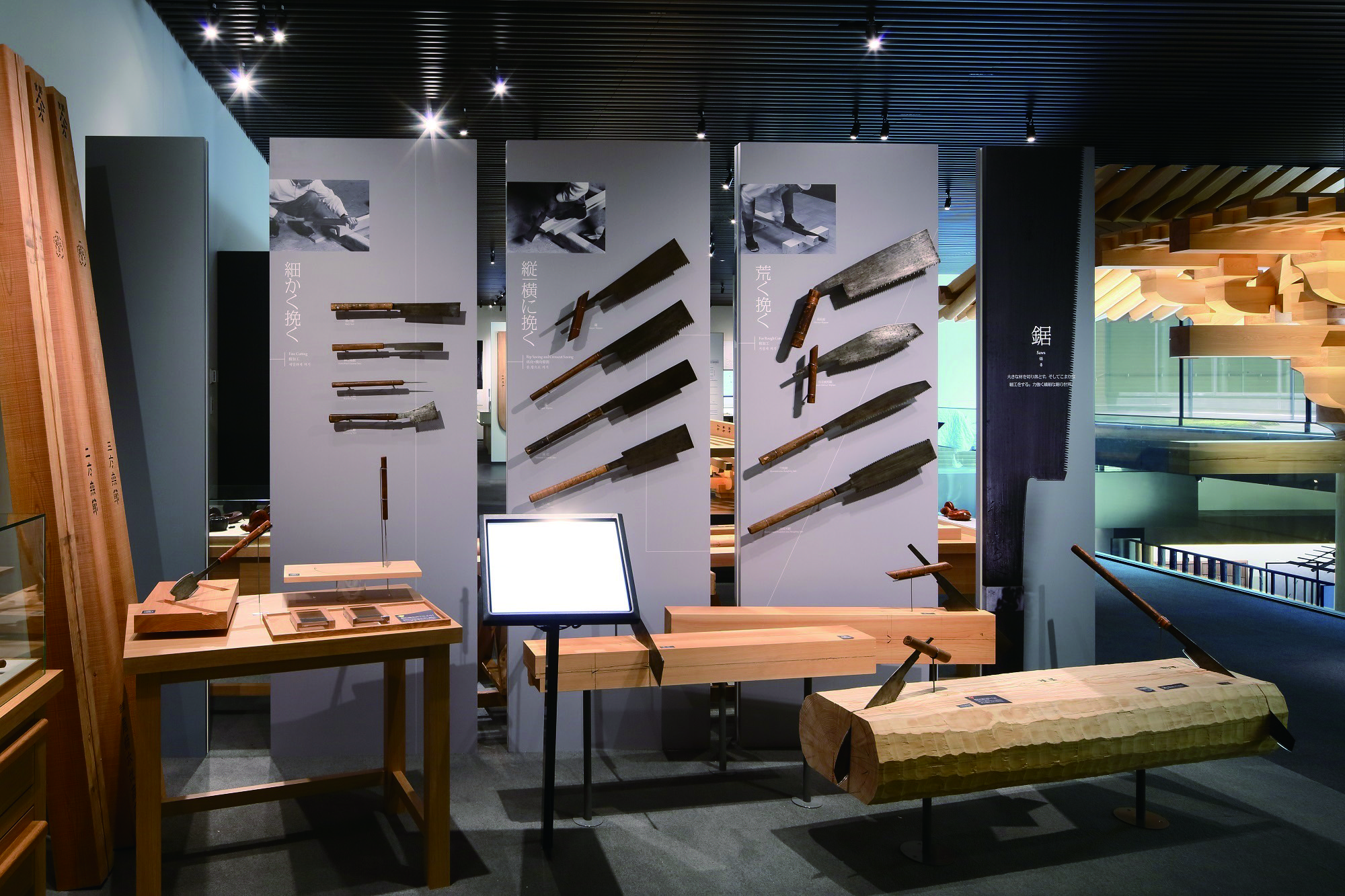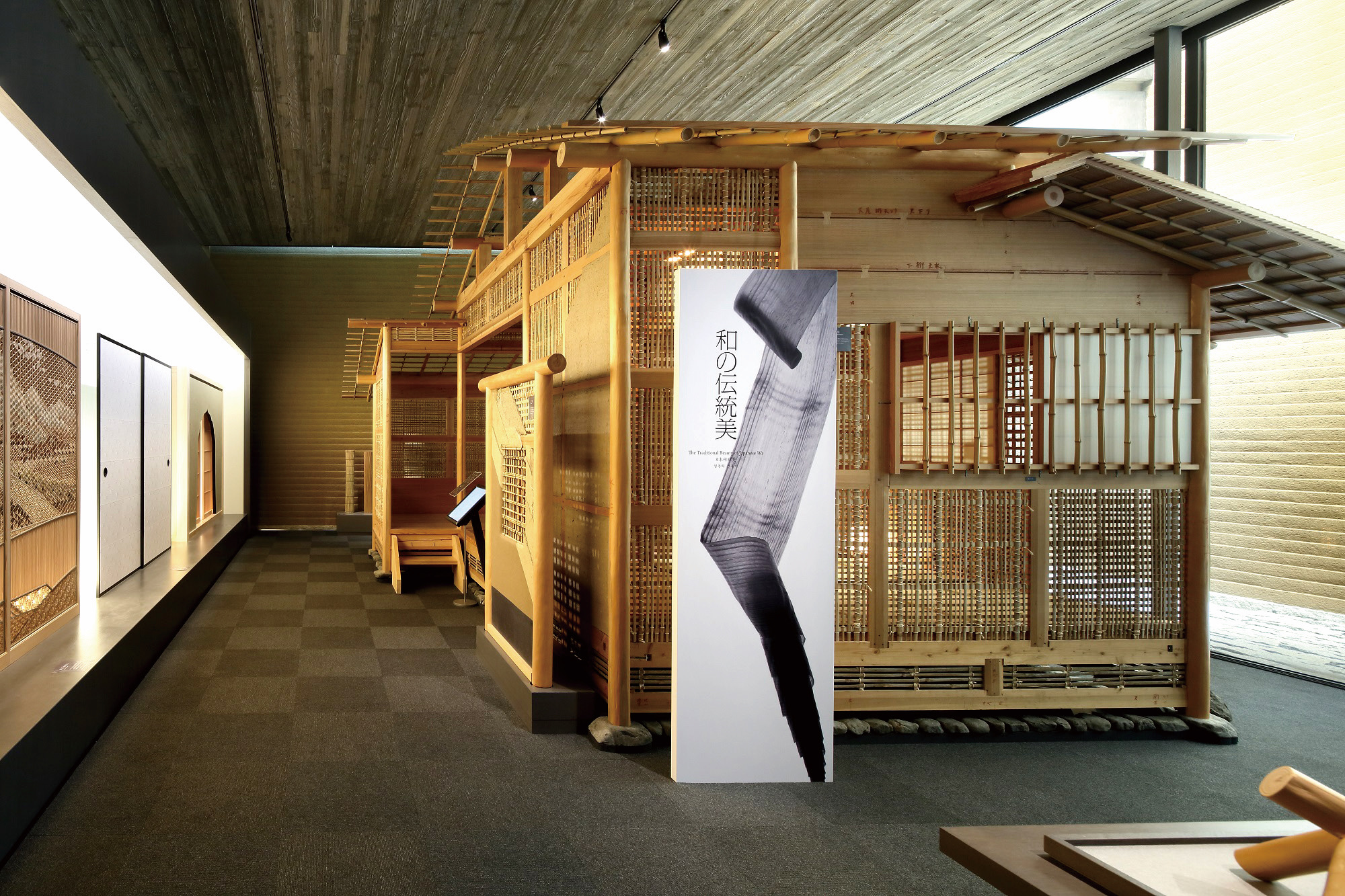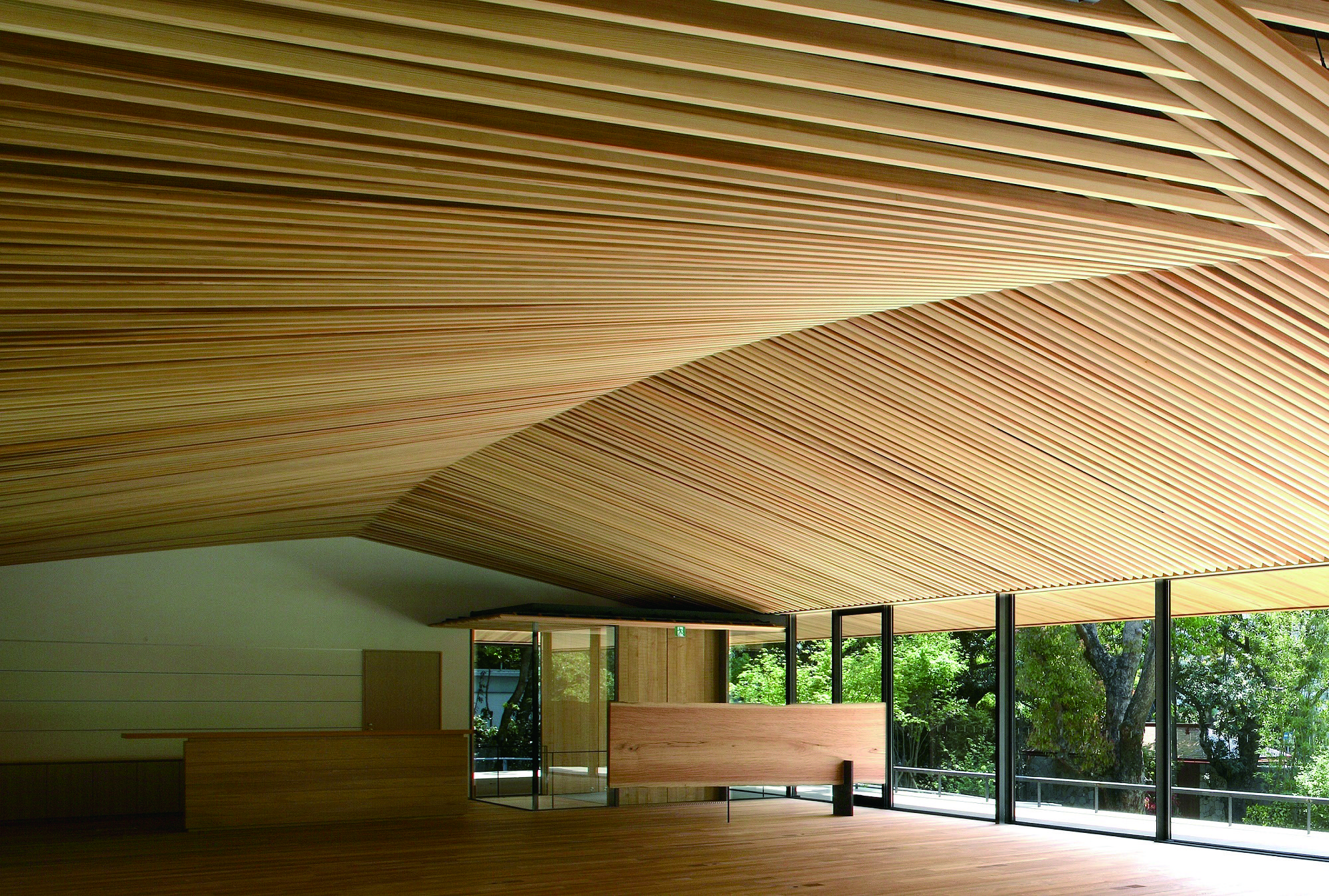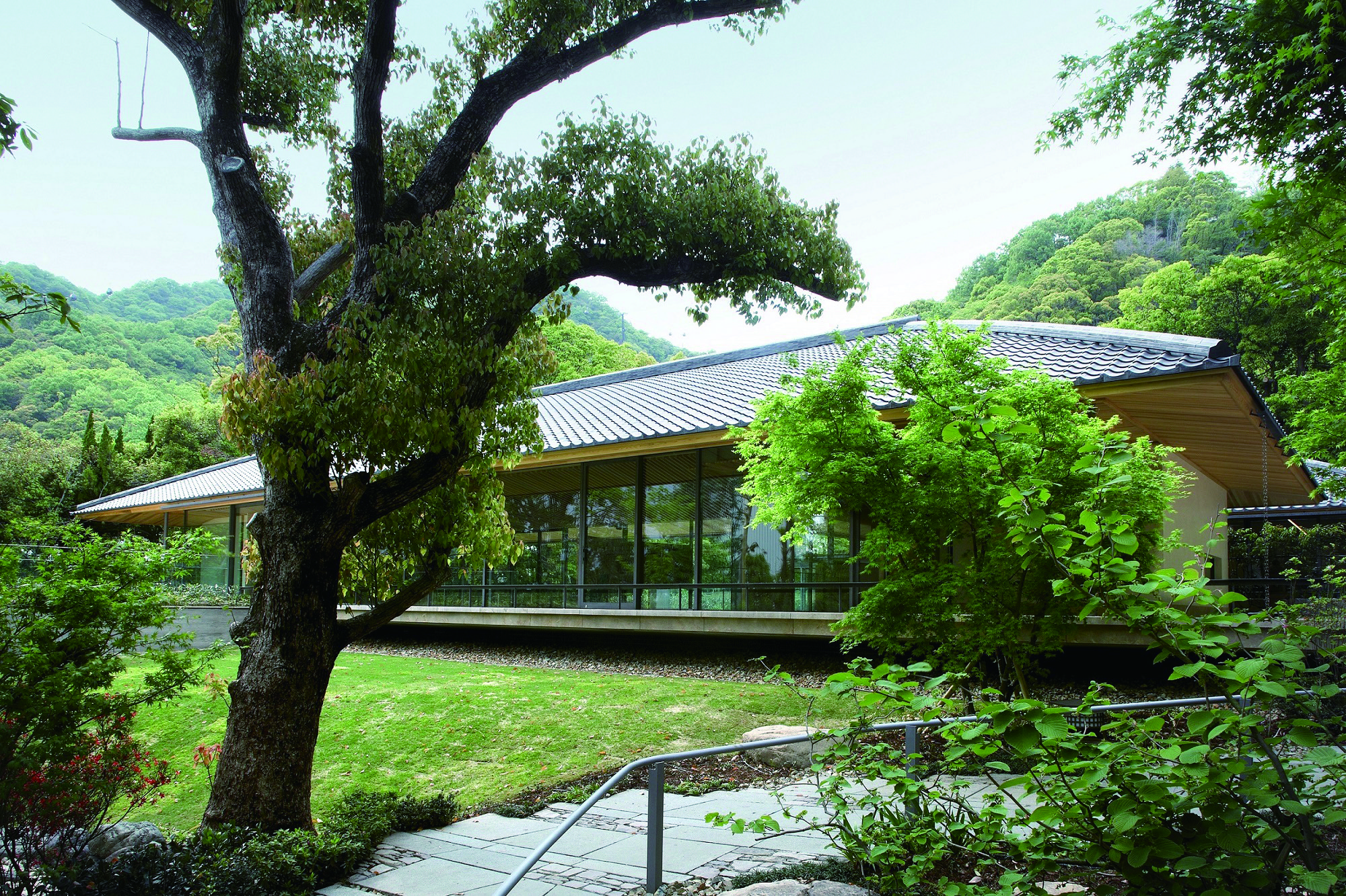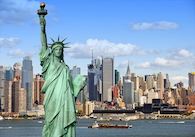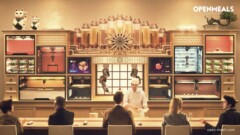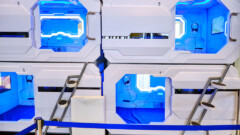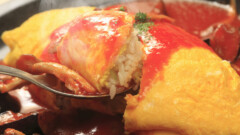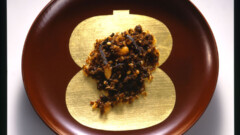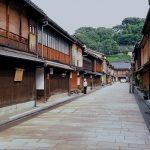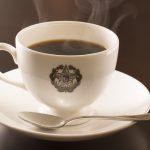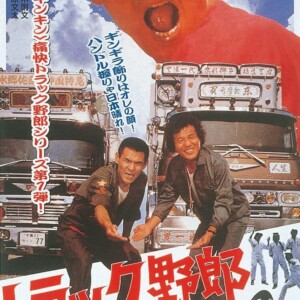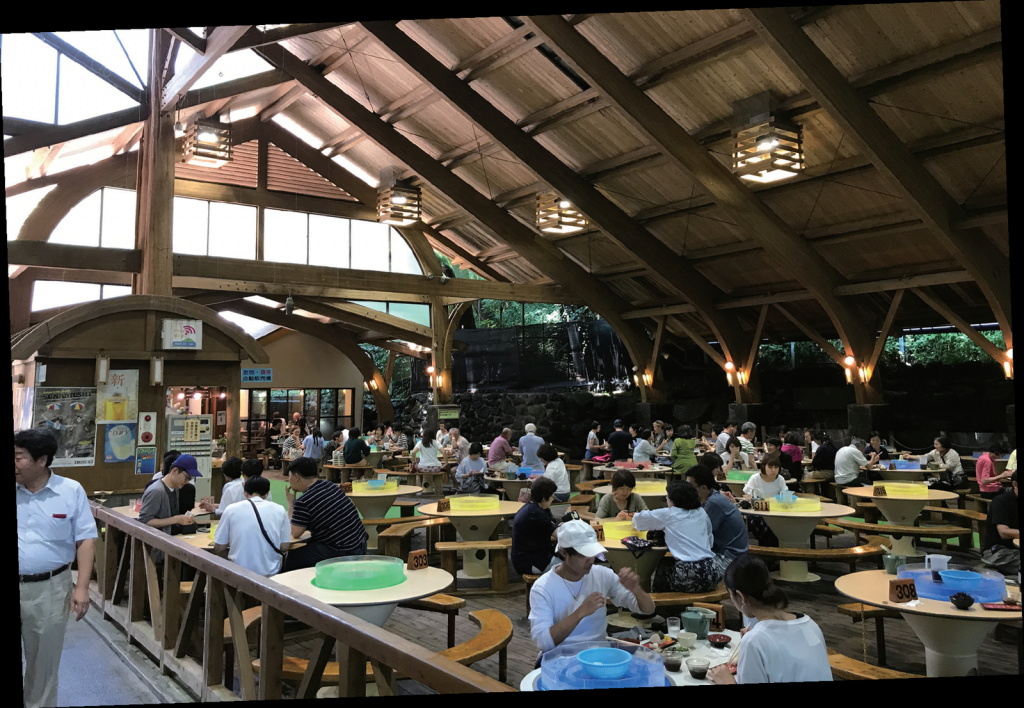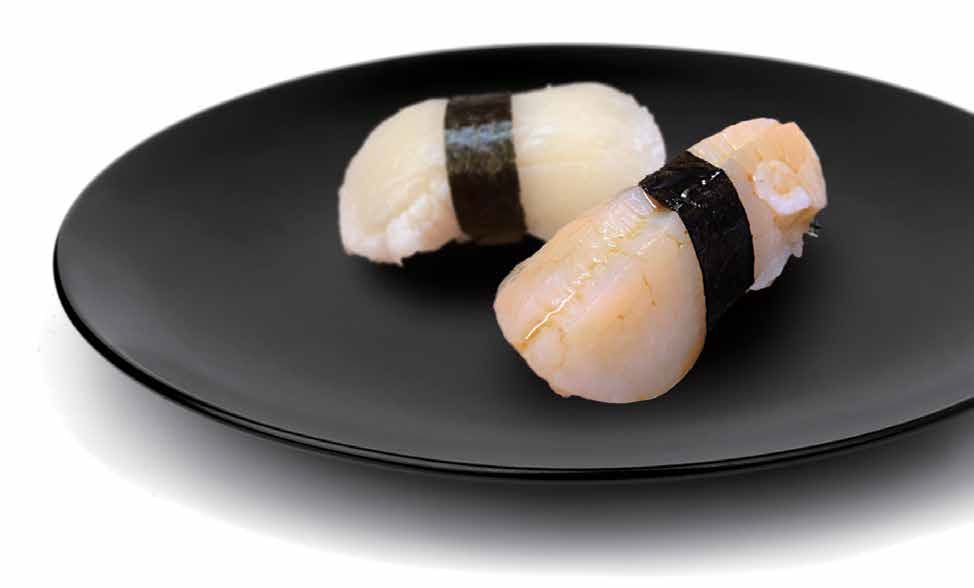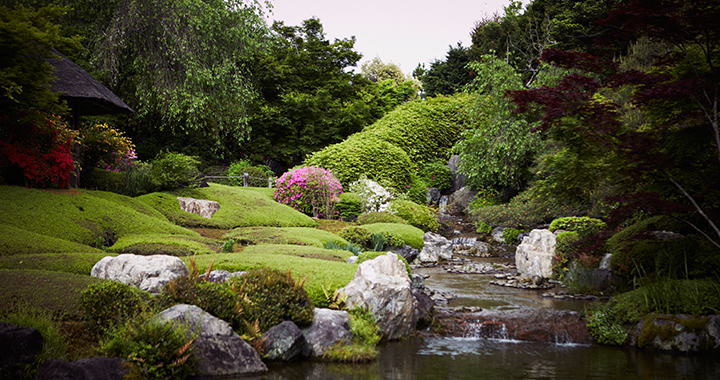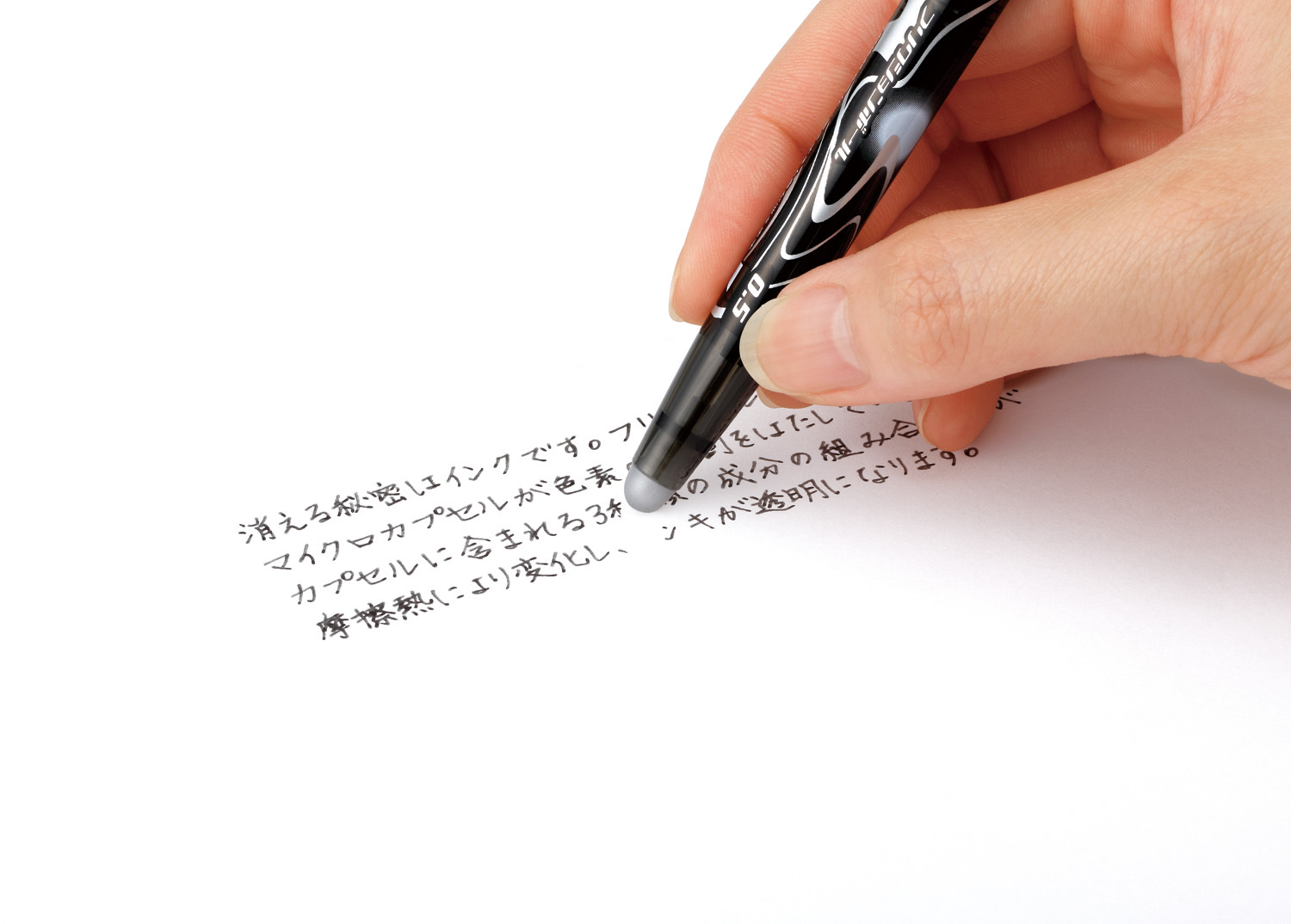Japan Ukiyo-e Museum, Matsumoto, Nagano Prefecture
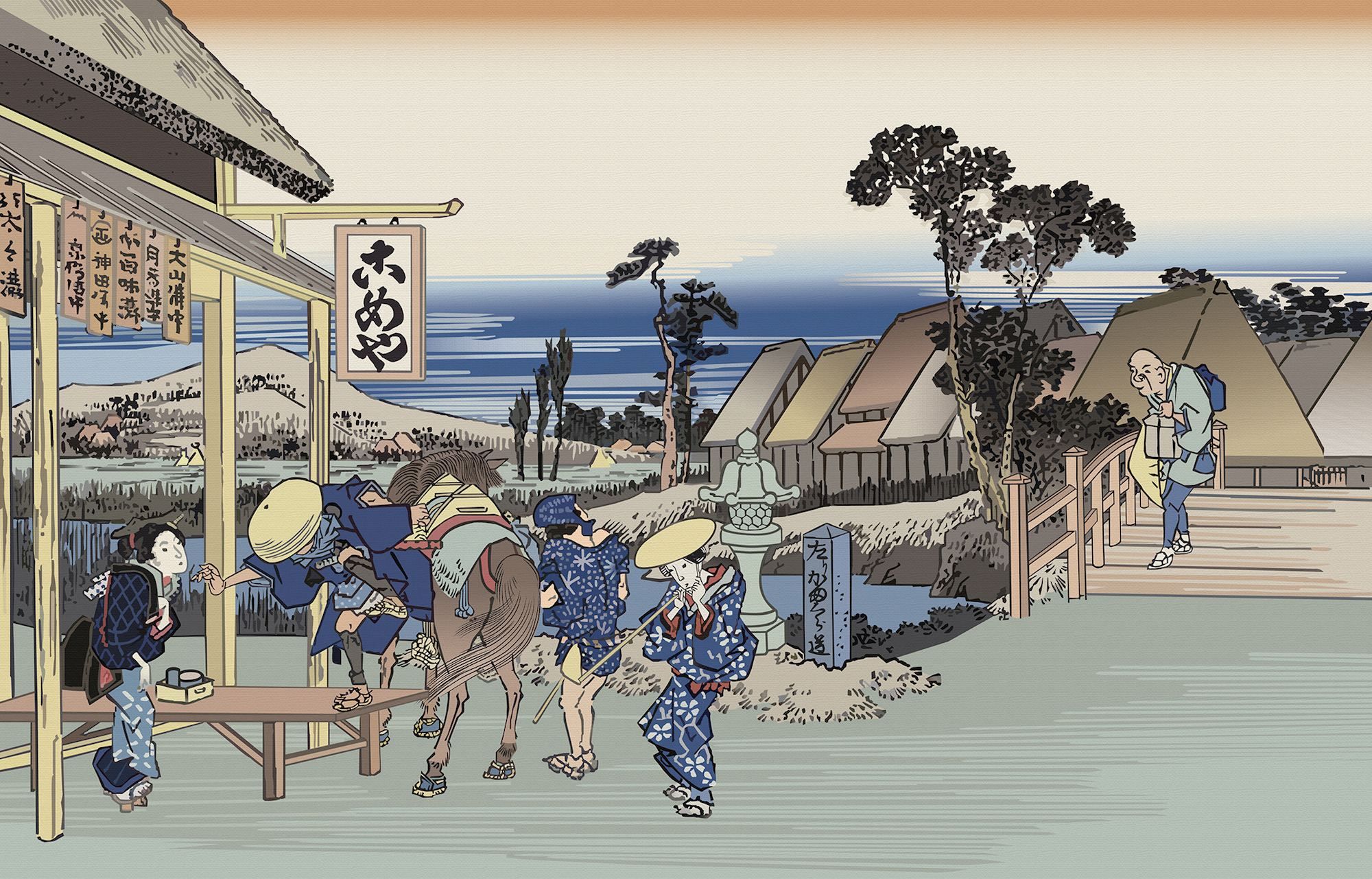
Ukiyo-e is one of the best-known genres of Japanese painting, established in the 17th and 18th centuries. That was the Edo Era, when much of what the West loves about Japan–woodblock prints, sushi, Kabuki, manga, and much more–flourished. The word “ukiyo” originally meant “modern” and “sensual.” The themes of the paintings tended to reflect the manners, customs, and trends of that time.
In 1867, Japanese crafts and ukiyo-e paintings were featured at the World Exposition in Paris. The response was great, sparking the Japonisme boom in Europe and strongly influencing the Impressionists. Vincent Van Gogh, Claude Monet, Edgar Degas, and Édouard Manet all painted in the ukiyo-e motif.
Many of the ukiyo-e were issued as prints and are still available today, but there are a lot of counterfeits floating around. You need a keen eye to find the authentic ones. If you find one by a famous artist such as Hiroshige, it would be worth somewhere around $20,000.
The Japan Ukiyo-e Museum is home to works of the great masters. You’ll see work by Hokusai, Sharaku, Utamaro, and Hiroshige hanging on the walls here. The museum’s collection totals 100,000 pieces, the biggest collection in Japan. During a rotating exhibit, all 36 views of Mount Fuji will be on display. Those paintings are the very essence of ukiyo-e.
For more information, visit the museum’s website: http://www.japan-ukiyoe-museum.com
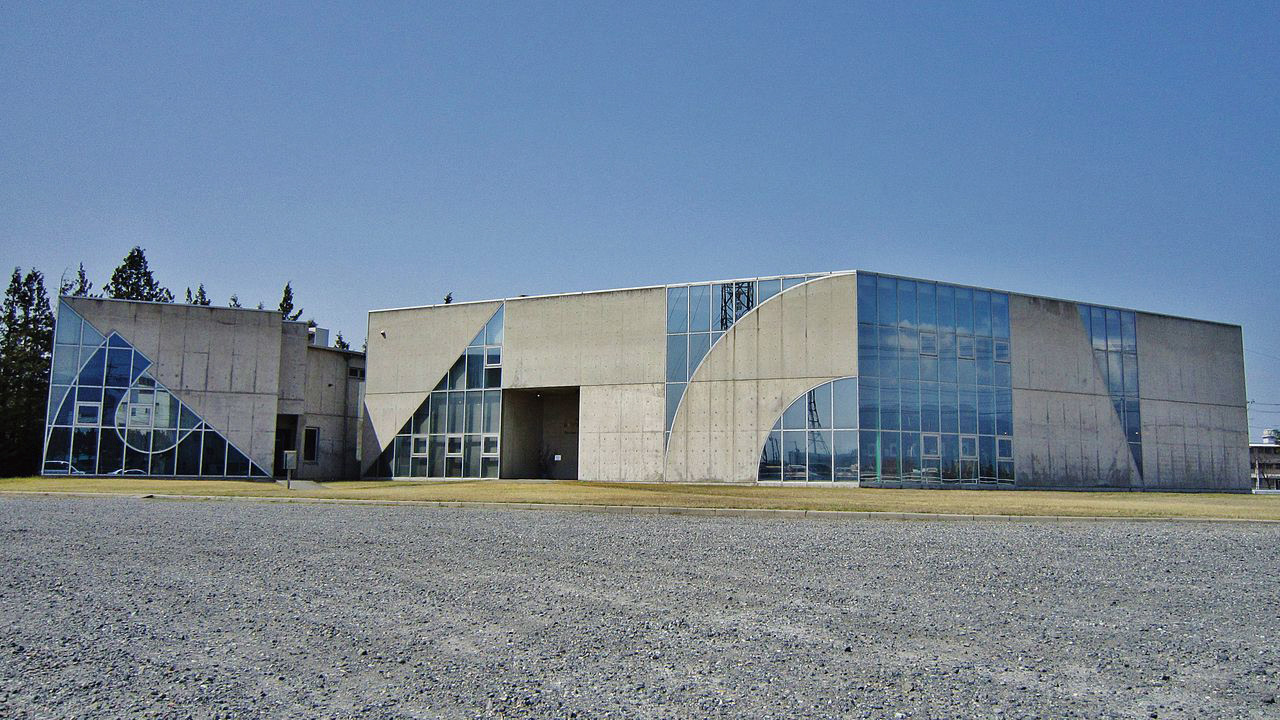
Takenaka Carpentry Tools Museum, Kobe, Hyogo Prefecture
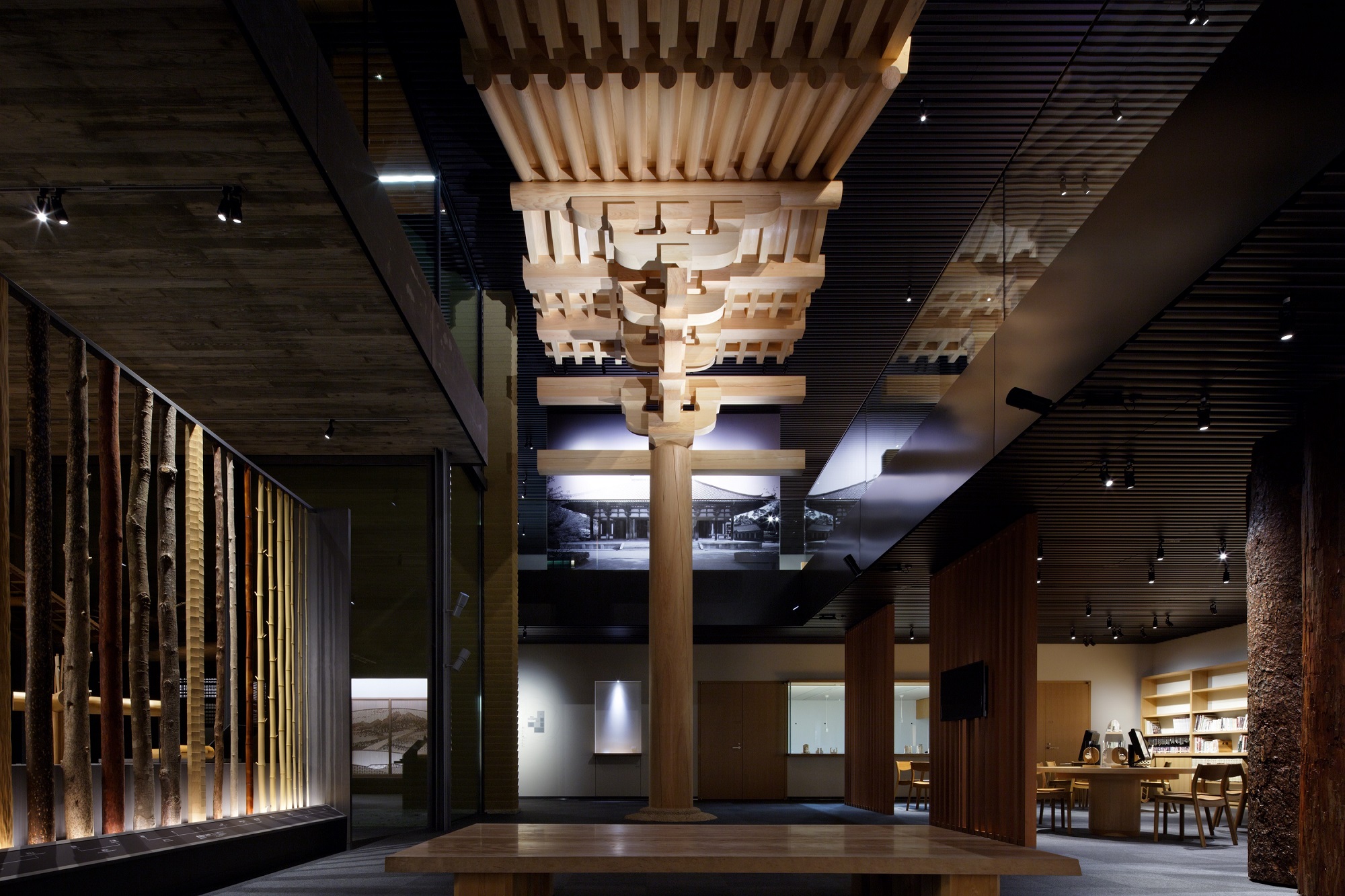
There may be 10,000 museums in Japan, but there is only one dedicated to carpentry tools. It opened in 1984. The museum showcases traditional Japanese wooden architecture techniques, especially those used by craftspeople on Japan’s temples, shrines, castles, and tearooms. The craftspeople who build temples, shrines, and castles are called “miyadaiku,” while the master builders of tearooms are called “sukiyadaiku.”
One exhibit features a reproduction of Toshodai-ji temple’s Golden Hall, which was built in the late eighth century. The reproduction is life size, extending from the second basement floor to the ground floor. It is magnificent to behold. No metal of any kind is used in the building. This is a great example of the skills of the miyadaiku.
Another amazing reproduction at the museum is the beautiful 1742 tearoom called Daitokuji Gyokurin-in Saan. The elaborate wood framework is interlocked in a fascinatingly complex manner. If you have an interest in how things are built, this museum is a must-see. You may even be lucky enough to visit when one of the miyadaiku is putting on a live demonstration. If you’re into architecture, you won’t want to miss this museum, but even if you aren’t, there is plenty that will fascinate here.
Check out the museum’s website at https://www.dougukan.jp
